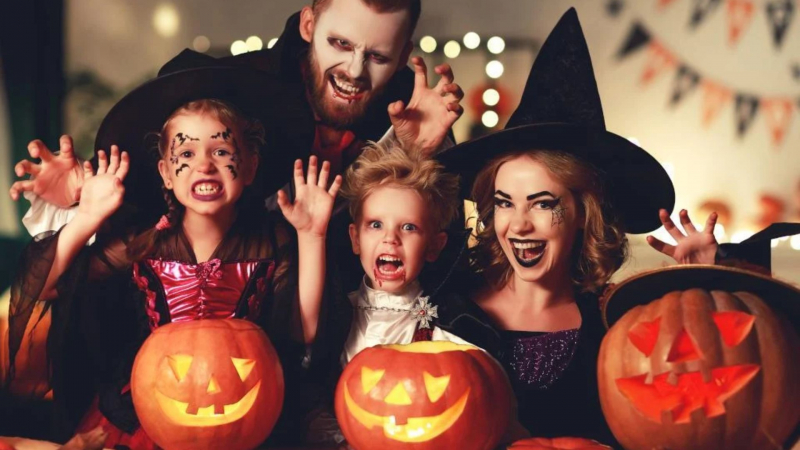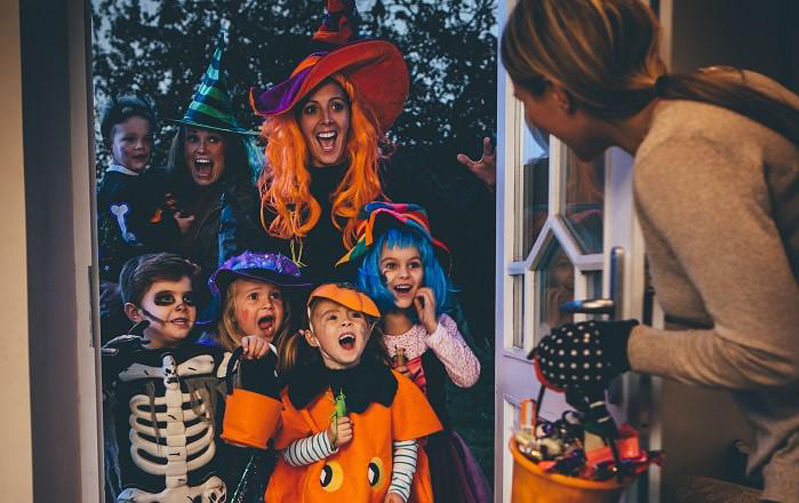Halloween Parties

By the 1920s and 1930s, Halloween had evolved into a secular but neighborhood-focused celebration, with parades and Halloween parties serving as the main attractions. Vandalism started to affect some celebrations in many communities during this time, despite the best efforts of many schools and communities.
By the 1950s, town officials had successfully reduced vandalism, and Halloween had changed into a celebration primarily for kids. The baby boom of the 1950s produced a large number of young children, so celebrations moved from town civic centers to classrooms and homes where they could be accommodated more easily.
The centuries-old practice of trick-or-treating was also revived between 1920 and 1950. Trick-or-treating was a low-cost way for an entire community to participate in the Halloween celebration. In theory, families could also prevent tricks from being played on them by providing small treats to the neighborhood children.
As a result, a new American tradition was born, and it has since grown. Halloween now accounts for an estimated $6 billion in annual spending in the United States, making it the country's second-largest commercial holiday after Christmas.









